Kruger National Park
I love animals. You can imagine how much I love them – the Kruger National Park was part of our honeymoon plan!
The Kruger National Park is a jungle – verdant forest with bush cover. If you are expecting to see rolling plains and grasslands (snapshots from Masai Mara or Serengeti that are lurking in you head), that is not what you will see. Baby, it’s truly a jungle out there!
Home to many…
The African Big Five, which include the lion, elephant, leopard, wild buffalo and rhino, can be found here. A study conducted in 2009 revealed that the park hosts up to 1,500 lions, 11,600 elephants, 27,000 buffalos, 1,000 leopards and 350 black rhinos.
There also a list of five animals – hyena, wildebeest, vulture, warthog and the marabou stork, called the Ugly Five -. I don’t think that it is fair to call any creature ugly, but that’s what they were referred to when we were on our safari – let’s just call them ‘Different Five’.
If birding is your sport, the national park is home to over 500 species of birds! Lake Panic, in the park is a good spot to enjoy birding.
Big Five Trivia…
Here is some trivia on the Big Five:
Lions: Lions normally walk 2.4 miles per hour (4 kilometres per hour), but can run 29 – 35 miles per hour. Lions are also able to leap distances of up to 36 feet
Elephants: Elephants can not jump
Leopards: Leopard can carry carcasses weighing more than 50 kg up vertical tree trunks
Buffalos: African buffalo are extremely powerful and can run at speeds of up to 57 kmph
Rhino: Rhinos have extremely poor eyesight but a keen sense of smell and hearing
Do your research…
A wildlife safari isn’t a cheap option, especially if you want to spend a couple of nights in the park. You can spend the night either in the camps within the Kruger National Parks, in one of the many camps or you can have a vacation which is one notch higher and spend your time in one of the private game reserve.
There is plenty of information available on the internet – the cost difference between various services providers can be over 30% or so. Obviously, this is a function of the accommodation type, services provided at the accommodation, entry fee to the park, number of safaris included, safari vehicle type – open top vehicle or pop up roof vehicle, number of people in the safari group etc.
It makes sense sending mails to a few service providers/travel agents who pop up on doing a Google search asking them for quotes, requesting for details on the above parameters. Ask for photographs of the accommodation, safari vehicle, restaurants etc.
Book well in advance – will ensure that you get the best deal. As always, the shoulder season is the best time to save some money. If you are planning a trip in the peak season, which is cold winter months (May to Aug), when the park is relatively dry and sighting is easier, be prepared to spend more. The summer months (November to February) are warm and wet and the jungle is green. November and December is calving season, when a lot of animals are sighted with their young ones. We visited in the calving season – lions cubs, baby deer, baby hyenas all made me say… ‘Awwwwwww… So cute!’.
Most tour agents include a pick up from the Johannesburg airport and a drop back to same location. Check whether this is included, and what vehicle type is included.
What do you really want to do – budget holiday or feel like a Maharaja?
Accommodation: Sightings are sheer luck – the wild animals really don’t care whether you are staying in a private lodge or in a camp in the lodge.Typically, the private game lodges cost more than the camps; if you are on a budget, the camp it is. However, the camp does not mean that all accommodation is tented – there are the traditional cemented ‘rondavels’ (cylindrical huts) with running warm and cold water, air conditioning a barbeque and a lovely sit out.
Number of safaris
You may be lucky to see lots of animals, including the big five in one safari, or you may do three safaris and end up seeing only three out of the five. Our guide recommended that three safaris is a good idea – gives you plenty of opportunity for sightings. Safaris are typically done in the morning, later afternoon/early evening and night.
The best time to go on the safari is early morning – when the animals and the birds are most active. As it gets warmer during the day, the big cats get lethargic and end up sleeping under the trees. However, we saw the lions on the afternoon safari – twice; once a pride of twelve lions and the second time a pride of sixteen lions! Weren’t we lucky?
The night safari is especially for sighting the nocturnal creatures and does not offer great photo opportunities. While we did do a night safari, I would not want to do it again – very average experience in our case.
Appreciate Nature…
These are my two bits of advice : Don’t come to Kruger National Park looking for the big five only. If that is your sole objective, and you do not end up sighting even one of the Big Five, you will feel disappointed.
Come to appreciate nature and enjoy the animals in their natural surroundings. There is plenty to see – spend a part of the game drives looking for birds – the colours will amaze you!
Look at the hippos wallowing the river… and crocodiles yawning in the morning sunlight – scary, but impressive!
What we did…
- Booked a trip that included pick up and drop from/to Johannesburg airport 2 months before our arrival date – honeymoon is typically planned well in advance, isn’t it? All the arrangements were made by Outlook Safaris.
- Stayed in a comfortable rondavel at the Skukuza Camp, with air conditioning – must have in warm summer months
- Requested for vegetarian meals, which was gracefully honoured by the chef who made vegetarian dishes for us to enjoy as we enjoyed an al-fresco dinner in the jungle in a starlit night
- Insisted on the open top safari vehicle to get the ‘real’ safari feel
- Four game drives/safaris, including a night safari; Sighted four out of the Big Five (missed the leopard)
- Carried our own binoculars – highly recommended!
- Spent a while watching the bird life at Lake Panic – recommended if you like your feathery friends
- Carried the DSLR, with a 250mm zoom lens. This was our first experience with the SLR and the pictures do not do justice to the experience and sightings
Kruger National Park was our first pit stop in South Africa, with plenty more to be explored in the Western Cape!As always…send me an e-mail if you need any further details. Glad to help!
Let the travellers’ tribe grow!

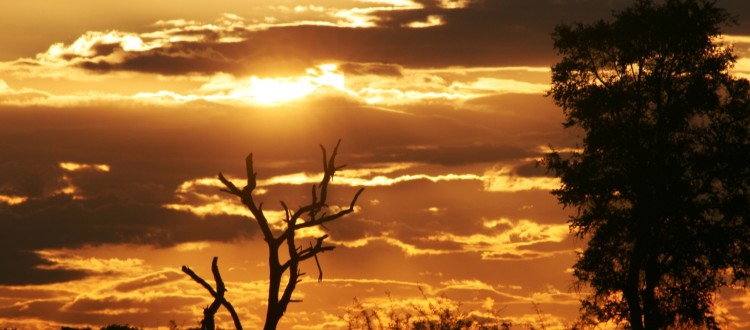
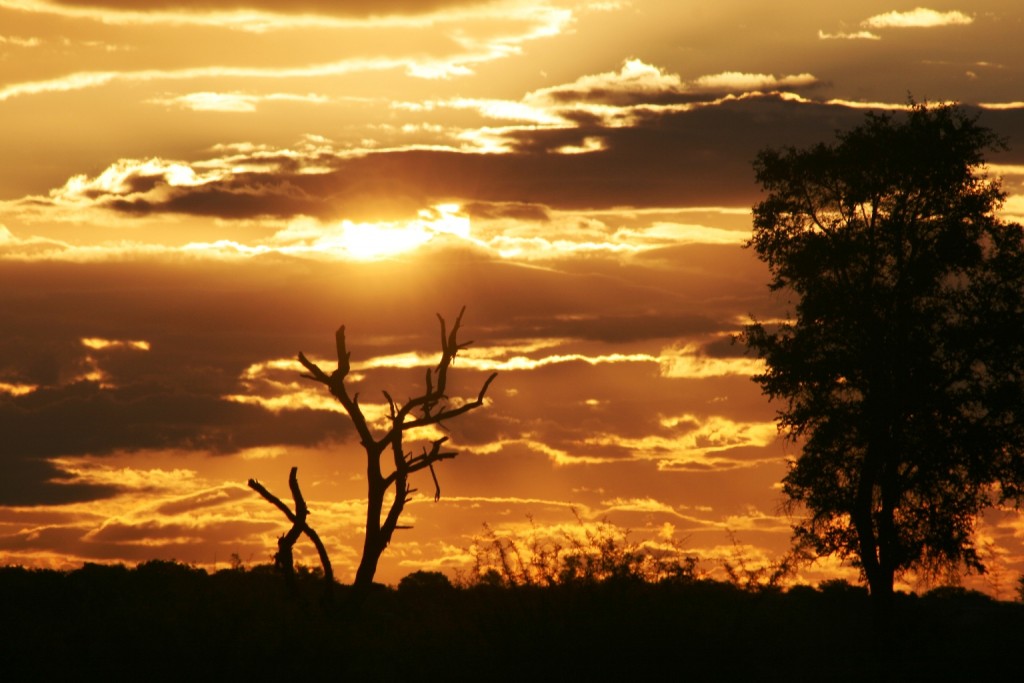
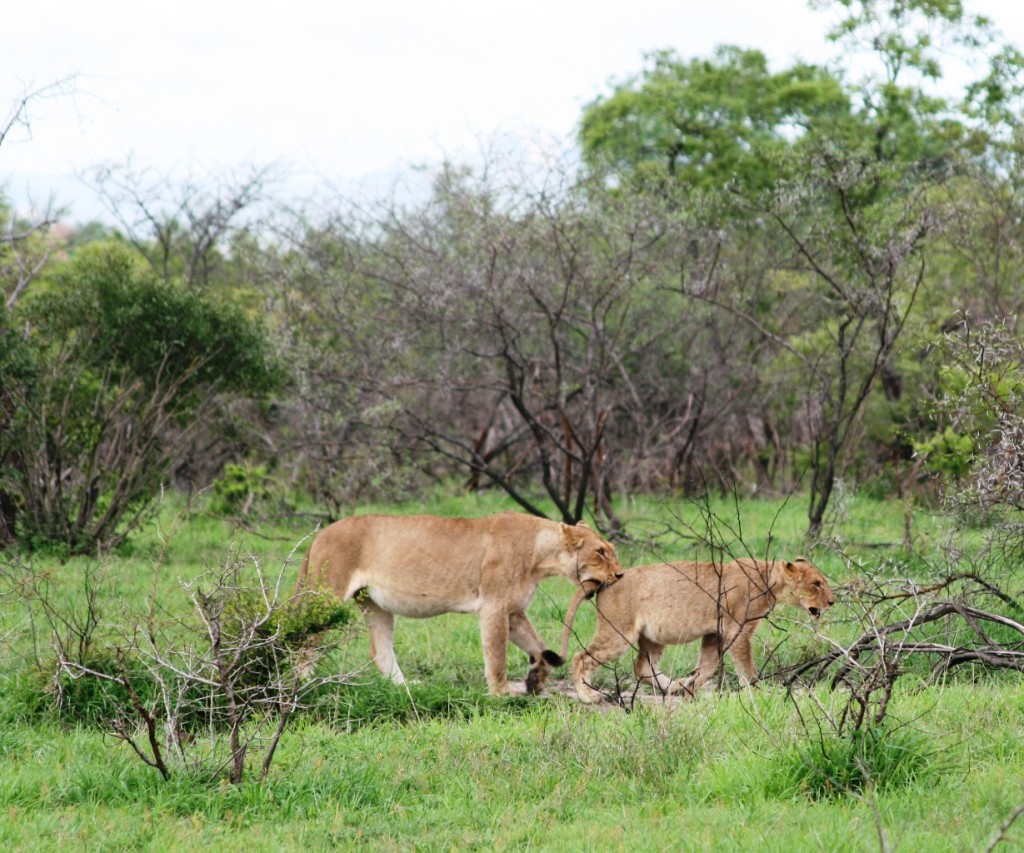
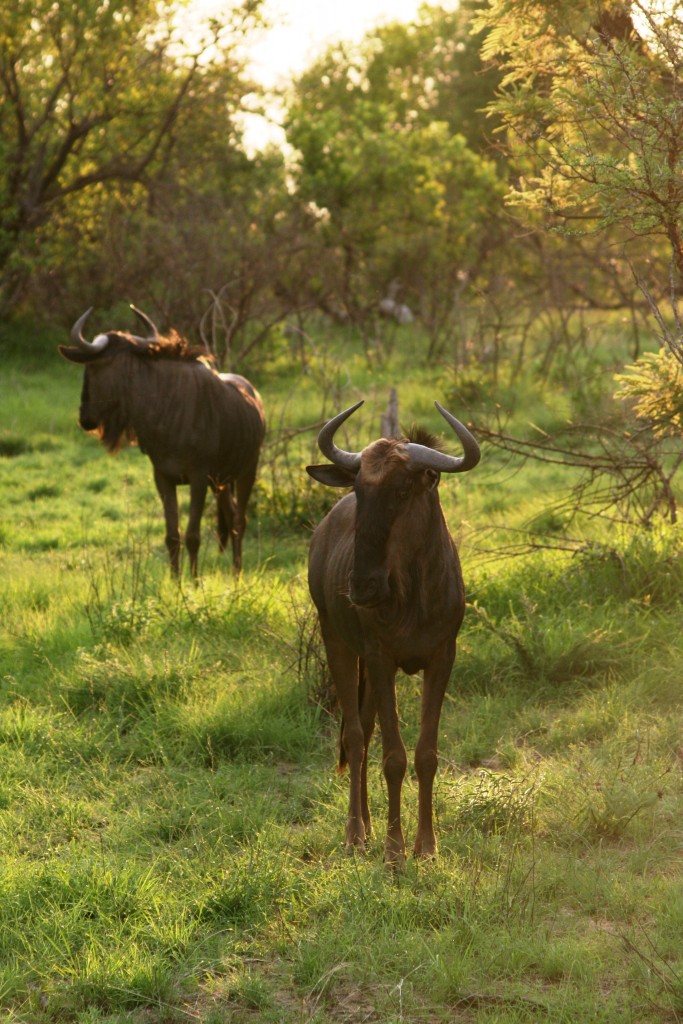
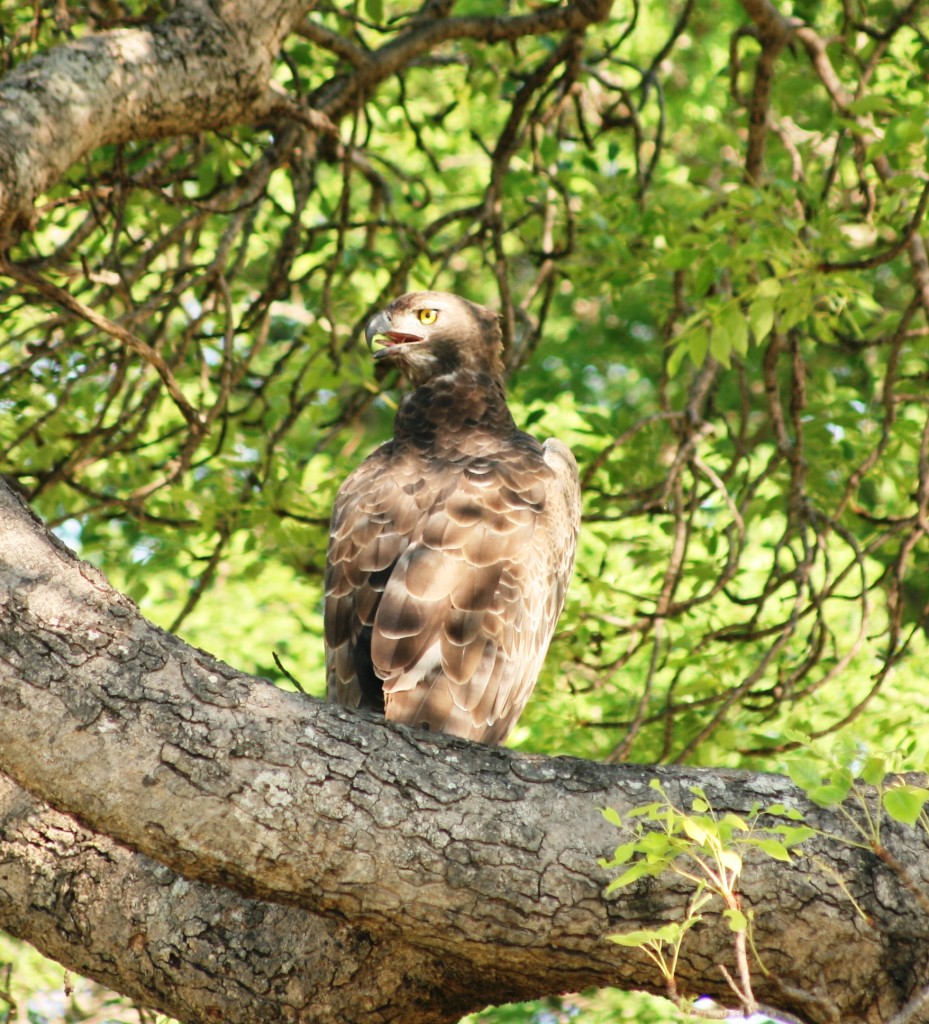
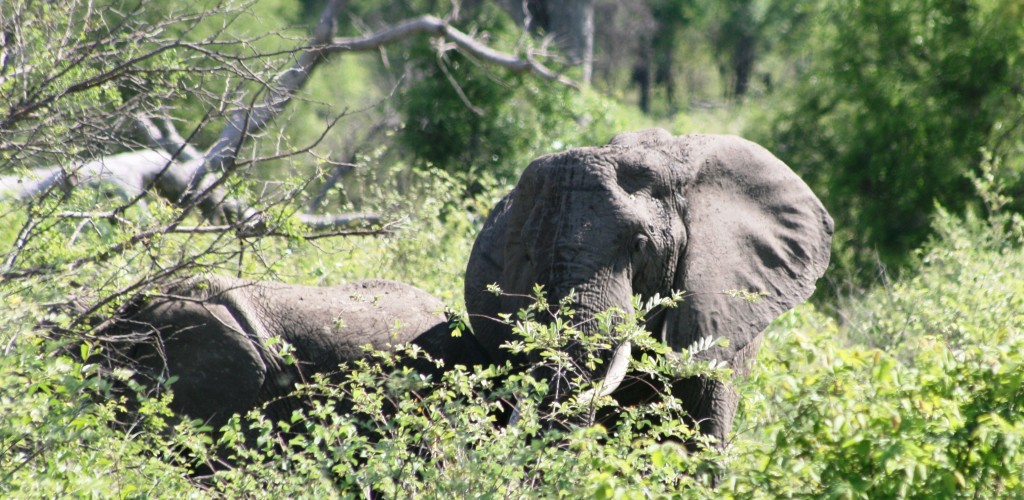
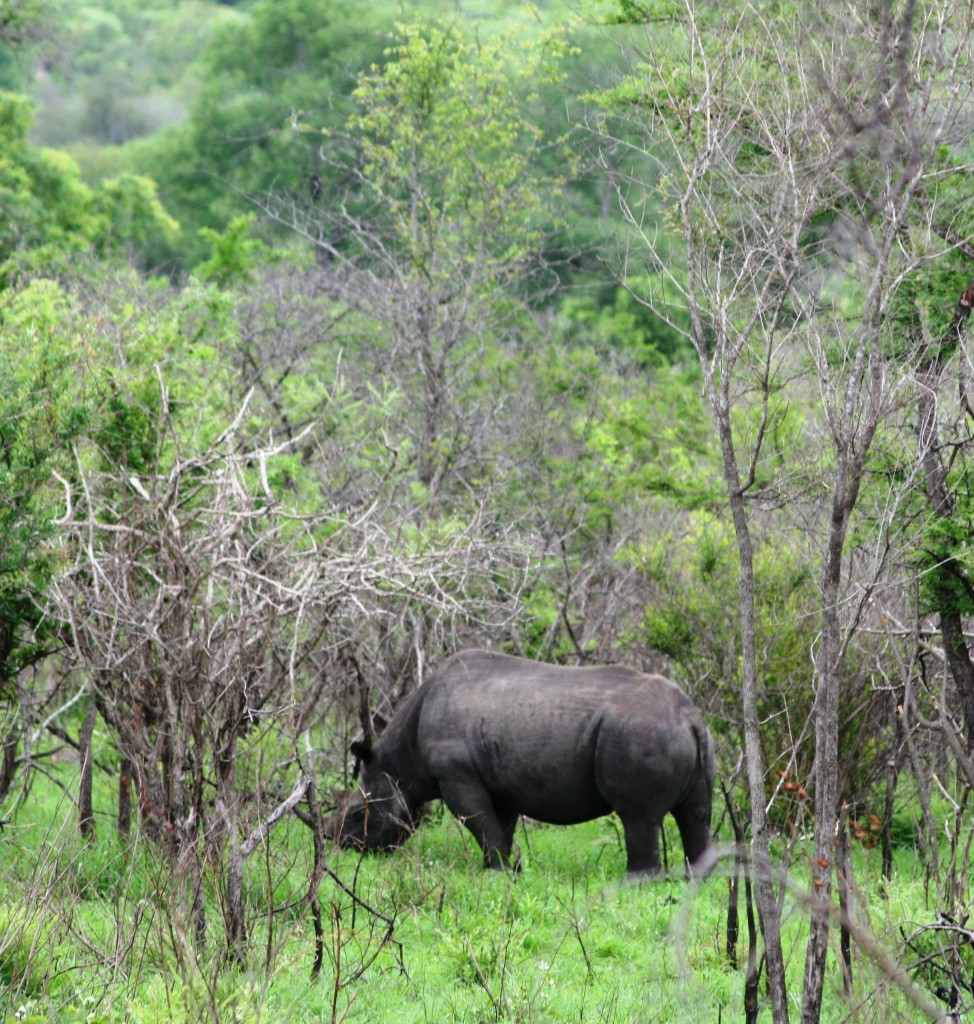
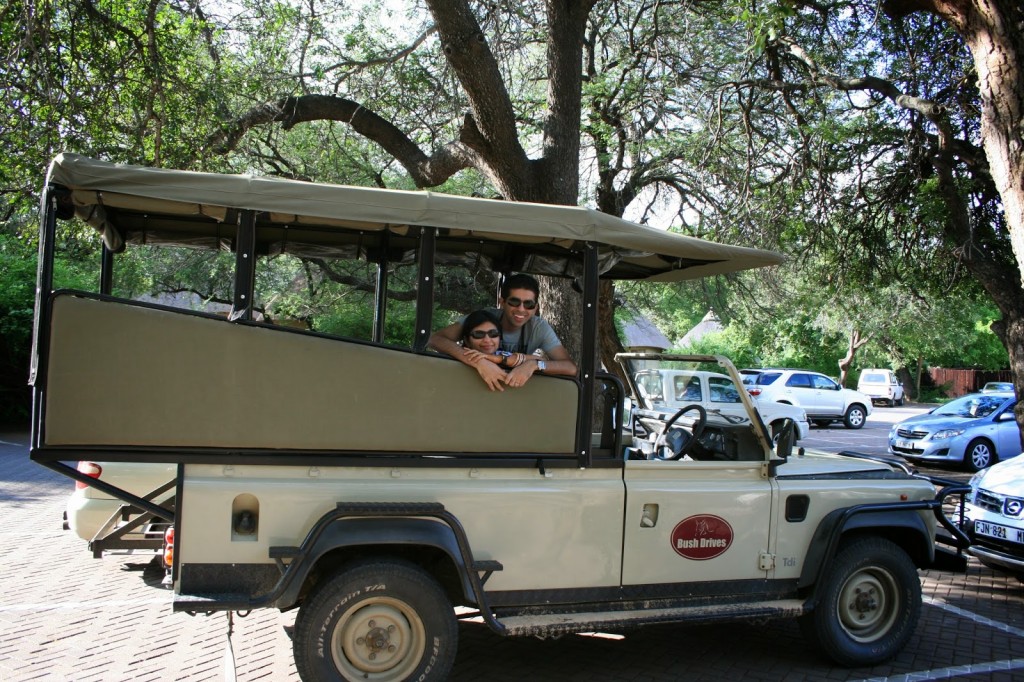
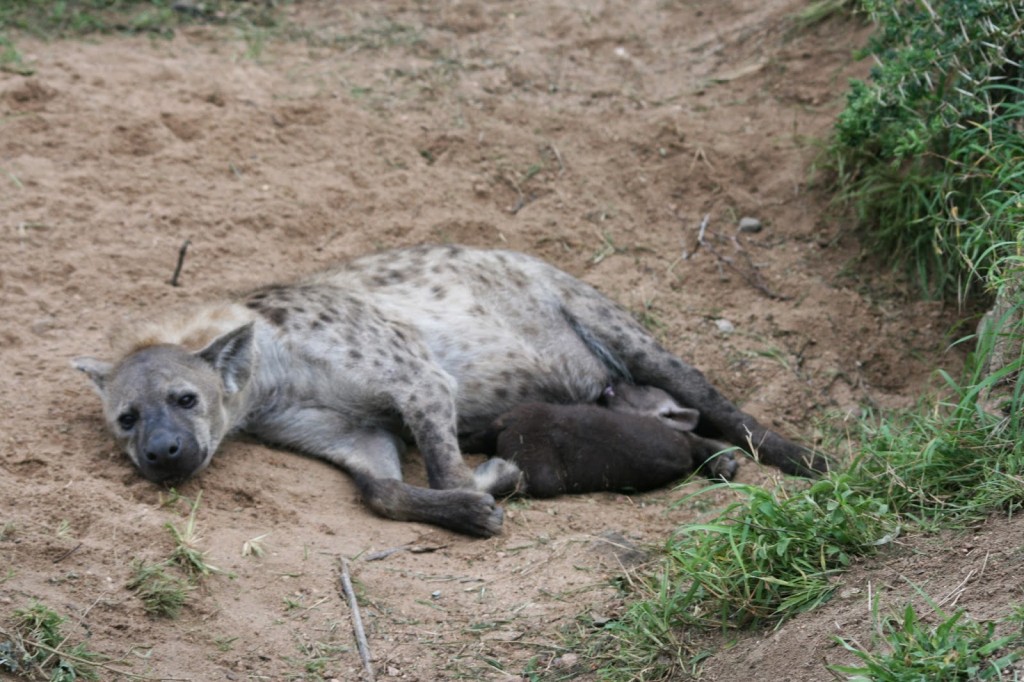
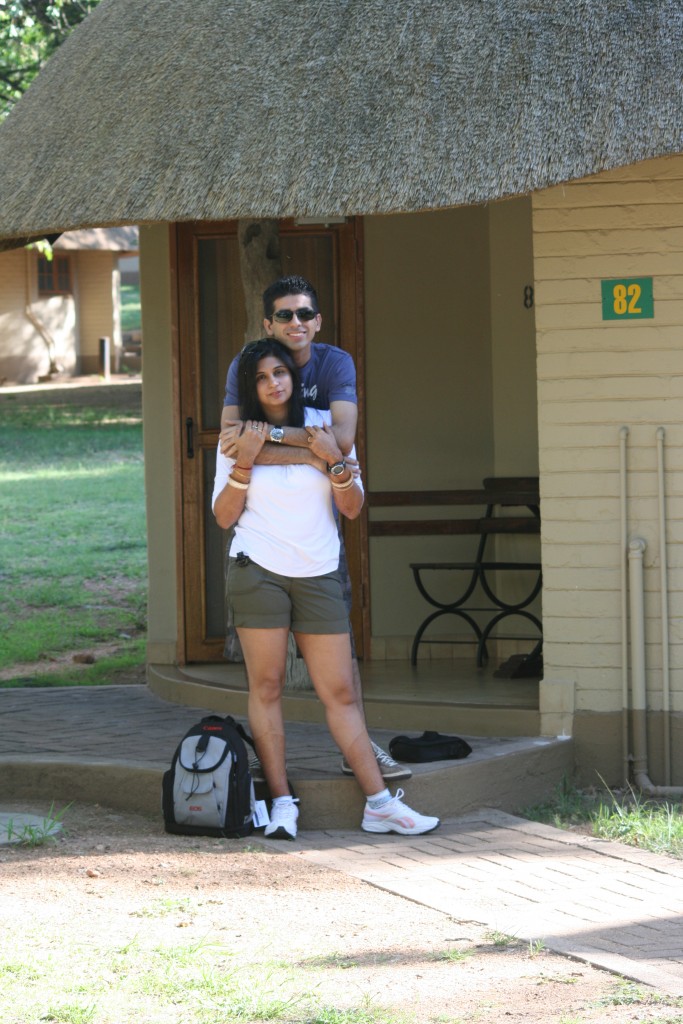
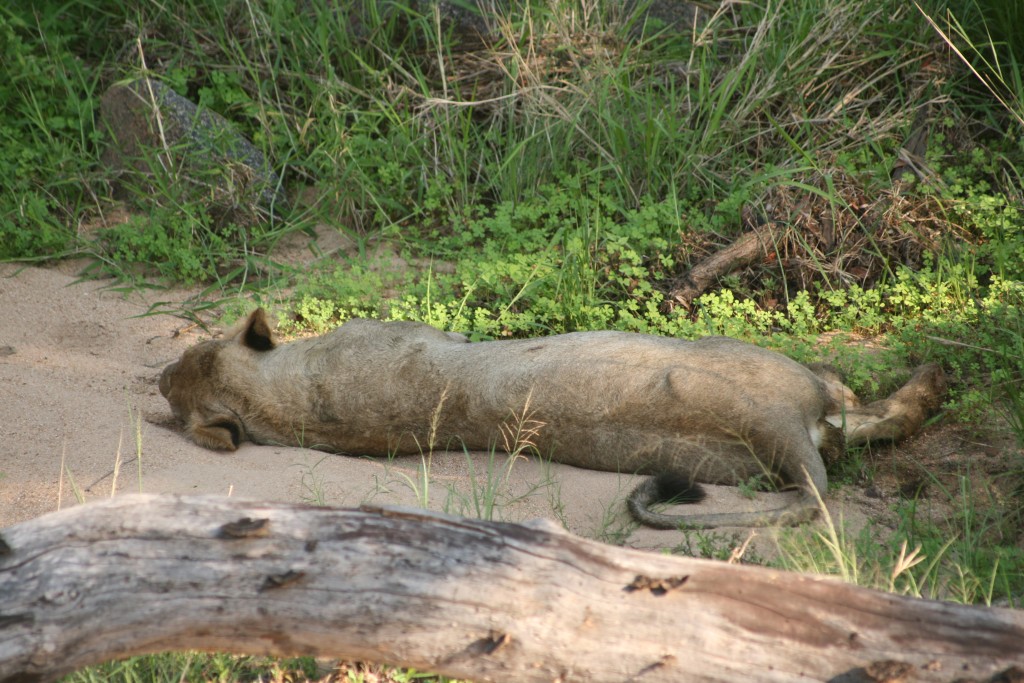
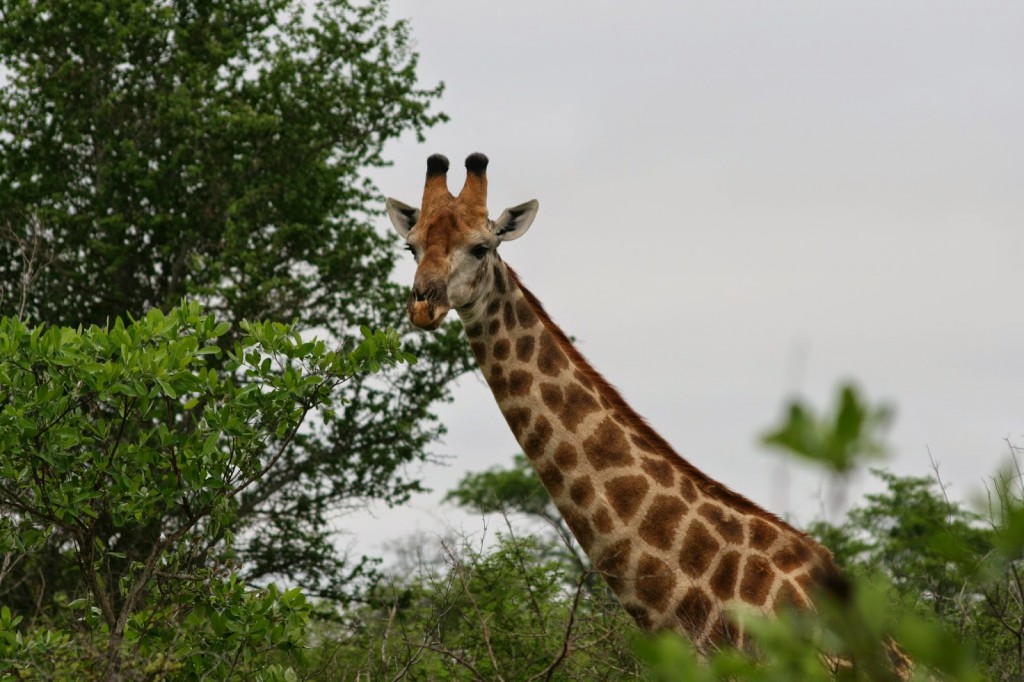
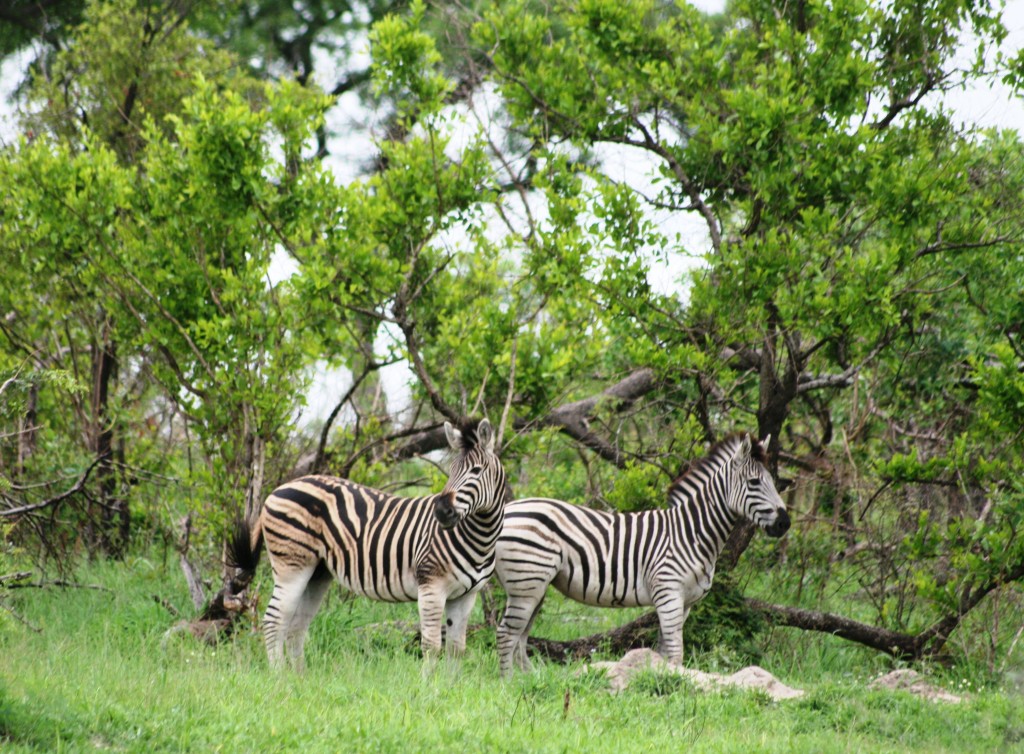








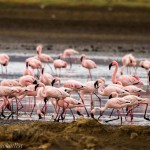
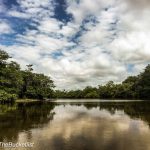
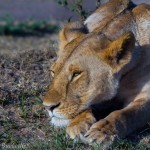
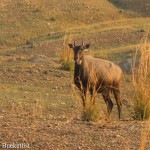
Sonia, perhaps it's the 250 mm zoom lens, or you were able to get much closer to the animals than I did at South Africa's Pilanesberg National Park. What a great place to celebrate the maiden trip with your DSLR. 🙂
Thanks Tricia! Always good to hear from you!
I don't think I did justice to the camera as 70% of my pictures are out of focus….of the limited 30%, these are the few that I could scramble. And 4 years ago, I had no idea that I would start blogging….most of the good pics have me posing funnily! 🙂 Not internet material, you see.
We did a photography course before we went to see the Northern Lights….and one in Sweden to learn to click the lights…Guess the learning process started from then!